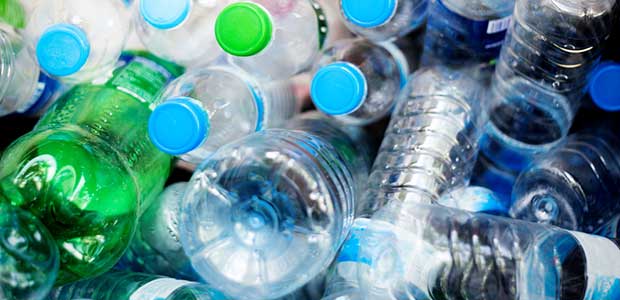
Sustainable Industrial Protection Equipment
Sustainability is a hot topic, but does it have any real meaning for industrial PPE?
- By Rodney Taylor
- May 01, 2021
Total sales of sustainable products are expected to pass $150 billion this year. Sustainable product sales have increased 40 percent since 2014 representing a gain of $43 billion USD, and the demand for sustainable products is only expected to continue. Sustainable product growth is not limited to just one market sector. A wide range of companies are claiming added profits from sustainable products and offerings. It is important to note that sustainable product growth is not just limited to consumer products. There is also strong sustainable product growth in diverse, core industrial sectors such as industrial goods, energy and utilities, chemicals, and automobiles. An increased focus on sustainability for core industrial markets puts a spotlight on PPE.
An increasing number of companies are making and publicizing sustainability goals. Many of these sustainability goals are aggressive. Traditional ‘green’ initiatives (e.g., reducing paper, internal recycling programs, etc.) will be necessary but not sufficient to meet sustainability targets. Achieving these sustainability targets will take significant effort and expense. It will require action across every organizational function. On the input side of the organization, purchases of sustainable supplies like PPE will be necessary. At the same time, companies are expected to trim operating costs. This means end-users are looking for sustainability wins that will not bust their budgets.
There is a tremendous opportunity to turn PPE purchases into sustainability wins. Emerging technologies may do just that. Many manufacturers are already working hard to address the environmental impact of PPE with sustainable PPE offerings. The industrial glove industry is leading the way with innovative technologies that offer recycled content and materials with enhanced biodegradability to both reduce landfill waste and create biofuel that can be harnessed for clean energy production.
Post-Consumer Recycled content
Americans throw away 35 billion empty water bottles a year. For perspective, that’s enough water bottles to completely cover the city of New Orleans every year. Global production is estimated at more than 400 billion bottles per year. Only about 10 percent of those bottles are recycled. Polyethylene terephthalate (PET) is the preferred material for bottled water production and is highly recyclable. Many reputable suppliers are leveraging the recyclability of PET water bottles to make work gloves. As an example, a new technology platform takes recycled plastic water bottles and breaks them down into small pellets which are then melted down and extruded into yarn. The result is 100 percent post-consumer recycled content yarn made from waste water bottles. The amount of yarn used to make one pair of seamless knit gloves is equivalent to one 500mL bottle, and the equivalent to one to three plastic bottles are used in the fabric to make performance gloves. Utilizing recycled PET bottles for glove production prevents landfilling, reduces soil contamination and air and water pollution all while requiring less energy for production than virgin polyester.
Enhanced Biodegradability
There has been a lot of media coverage around disposable nitrile gloves as essential PPE for COVID-19 response. It is estimated that COVID-19 response has generated a 45 percent spike in demand representing increased consumption of almost 140 billion single-use gloves. Most of these gloves will eventually make their way into a landfill where they will degrade over hundreds of years. A typical nitrile glove will take 200 hundred years to decompose in a landfill.
New technologies provide accelerated biodegradation of nitrile gloves. One example, a technology platform provides an additive to the nitrile compound used in the production of single-use gloves. The degradation technology only activates once the glove is exposed to landfill conditions (combined high heat, high moisture, no light, limited oxygen). The result is nitrile gloves will degrade in less than 12 years (ASTM-D5526)–all without any loss in glove performance. Furthermore, these gloves release CH4 (methane) gas when decomposing that can be reclaimed as a source for clean inexpensive energy. The Clean Air Act requires all landfills to reclaim methane and other greenhouse gases and either burn the gas or use the gas to create energy. We now have a new circular economy for nitrile glove waste. Gloves are worn and disposed at point of use, collected and transported to municipal landfills that are designed capture off gassing of methane as that trash decomposes – ultimately that methane gas is used to generate clean energy that powers our homes, businesses and communities. The additive technology is now being applied to both the yarn and the palm coating to produce fully biodegradable seamless knit gloves. These technologies are just the start of a new category of PPE offerings with sustainability benefits.
Going forward, the combination of increasing sustainability commitments by companies and available advancing technology means that we can expect sustainable PPE will be a longstanding industry trend.
This article originally appeared in the May 1, 2021 issue of Occupational Health & Safety.